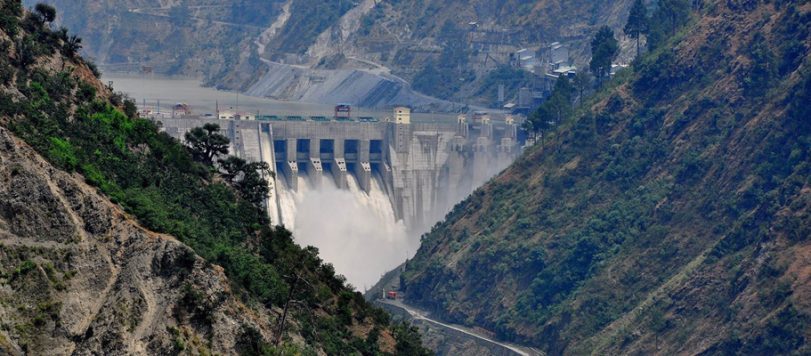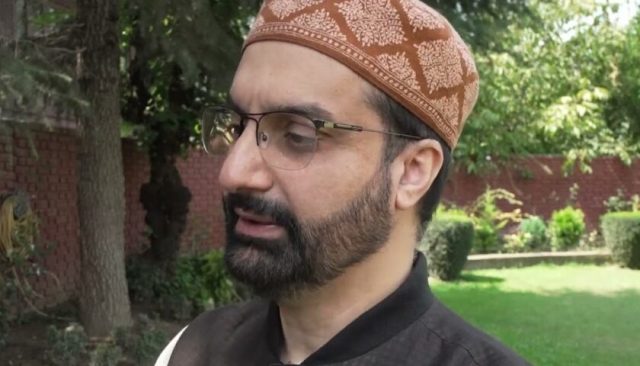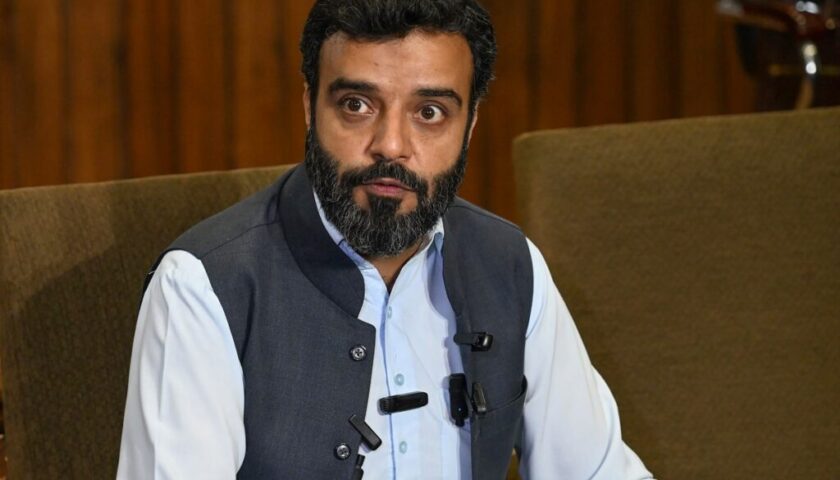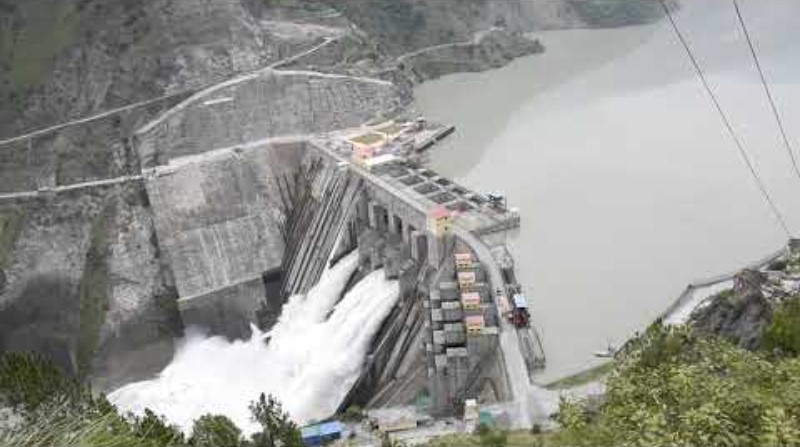Power Surge or Power Surrender? Unpacking whether J&K’s hydropower boom empowers the region — or centralizes control
By: Javid Amin | 23 Aug 2025
J&K’s New Energy Moment
Jammu & Kashmir (J&K) has long carried the stigma of being energy-starved despite being water-rich. The region, endowed with some of India’s most powerful rivers — the Chenab, Jhelum, and Indus tributaries — has the natural potential to become a clean energy hub. Yet, for decades, its citizens have suffered chronic electricity shortages, winter blackouts, and costly dependence on external power supplies.
Now, the tide seems to be turning. With 46 hydropower projects up for bidding, J&K is embarking on one of its most ambitious energy drives in history. From small local projects spread across districts to mega initiatives like the 1,856 MW Sawalakote Hydro Project, the region is being positioned as a future powerhouse of renewable energy.
But this story is more than just about electricity. It is about clean energy ambitions, local empowerment, environmental balance, and political sovereignty. Hydropower in J&K is not merely infrastructure — it is the stage where climate goals, community aspirations, and questions of control all collide.
Hydropower Push: What’s on the Table?
The current hydropower drive has two distinct but complementary strands: small decentralized projects led by JAKEDA and a mega flagship project led by NHPC.
JAKEDA’s 35 Small Hydro Projects
-
Spread across 15 districts of Jammu & Kashmir.
-
Designed to generate a combined 60.05 MW of renewable energy.
-
Two models are being used:
| Model | Projects | Capacity | Districts |
|---|---|---|---|
| Swiss Challenge Mode | 17 | 30.85 MW | Pulwama, Kishtwar, Ganderbal, Doda, Anantnag, Kulgam |
| Independent Power Producer (IPP) Mode | 18 | 29.20 MW | Anantnag, Kupwara, Baramulla, Budgam, Bandipora, Kishtwar, Ramban, Reasi, Poonch |
-
All projects follow the BOOT model (Build, Own, Operate, Transfer) with a 40-year concession.
-
Bidding is hosted transparently via the JKPDC portal, attracting private participation.
The Sawalakote Mega Project
-
Capacity: 1,856 MW.
-
Location: Chenab River, near Sidhu village in Ramban district.
-
Design: 192.5-meter gravity dam.
-
History: Conceived in the 1960s but stalled due to the Indus Waters Treaty (IWT) with Pakistan.
-
Current Status: Revived after IWT was put in abeyance.
-
Timeline: 10 years to completion.
-
Budget: ₹209.80 crore for design and engineering phase.
Together, these projects showcase J&K’s twin energy approach: localized small projects for rural empowerment and large-scale flagship projects for regional surplus and export potential.
Small Hydro: Local Power for Local People?
While mega projects grab headlines, it is the small hydro projects that could make the biggest difference to daily life in J&K.
-
Run-of-the-river design: Unlike large dams, most of these projects divert part of the river flow to turbines and release it downstream, minimizing large-scale displacement.
-
District-level reach: Projects in Anantnag, Kupwara, Bandipora, Doda, and other districts could bring power closer to underserved villages.
-
Employment: Construction, operation, and maintenance create local jobs, especially for engineers, skilled labor, and contractors.
-
Decentralized resilience: Small hydro can strengthen village-level grids, reducing dependency on fragile long-distance transmission lines.
However, challenges remain:
-
Financial viability in remote, hilly areas.
-
Integration into J&K’s often weak grid system.
-
Ensuring community involvement and equitable benefit-sharing.
If implemented well, small hydro can make the idea of “power for the people” real.
Sawalakote Mega Project: A Game-Changer in the Making
The Sawalakote project is both ambitious and symbolic.
Why It Matters
-
Scale: At 1,856 MW, it would be one of India’s largest hydro plants.
-
Strategic Independence: With IWT no longer restricting development, India is asserting its right to fully use the Chenab waters.
-
Economic Catalyst: Expected to create thousands of construction jobs, boost local infrastructure, and add significantly to J&K’s revenue.
-
Power Surplus Vision: Along with Ratle and Kiru projects, Sawalakote could transform J&K from energy-deficit to energy-surplus by the 2030s.
The Risks
-
Environmental fragility: Large dams in the fragile Himalayas risk landslides, seismic instability, and ecological disruption.
-
Displacement: Villages near Sidhu and surrounding areas may face relocation.
-
Delays & Cost Overruns: Mega projects in India often overshoot budgets and timelines.
Still, for many, Sawalakote represents J&K’s arrival on the national energy map.
Hydropower & the Environment: Promise vs. Peril
Hydropower is often presented as “clean energy” — but in ecologically sensitive zones like Kashmir, it is a double-edged sword.
Positive Environmental Contributions
-
Renewable & low-carbon: No greenhouse gases during operation.
-
Fossil fuel reduction: Less dependence on coal and diesel plants.
-
Flood & irrigation benefits: Multipurpose dams can regulate water and aid agriculture.
Negative Environmental Impacts
-
Ecological disruption: Altered river flows affect fish migration, aquatic ecosystems, and sediment balance.
-
Deforestation: Construction often requires cutting large swathes of Himalayan forests.
-
Seismic risk: Chenab and Jhelum basins lie in earthquake-prone zones.
-
Displacement: Villages may lose land, homes, and heritage sites.
-
Water quality: Reservoirs alter oxygen levels, affecting farming and fisheries.
Balancing Development & Ecology
Experts recommend:
-
Comprehensive EIAs with genuine public participation.
-
Run-of-the-river models wherever possible.
-
Biodiversity offsets and compensatory afforestation.
-
Seismic safety protocols and dam audits.
Without these safeguards, “clean energy” risks becoming greenwashed disruption.
J&K’s Power Story: From Deficit to Surplus?
J&K’s electricity profile is changing rapidly.
-
2018–19: Power deficit stood at 17.8%.
-
2023–24: Deficit reduced to just 1.5%.
-
Ongoing Projects: Kiru, Ratle, Kwar, Karnah (totaling 2,026 MW).
-
Pipeline: 7,000 MW expected in next 8–10 years.
-
Vision: Surplus power by early 2030s, exporting electricity to the national grid.
This turnaround shows that J&K’s hydropower potential is finally being tapped.
Who Controls the Power? Local vs. Centre
Yet, the critical question remains: who benefits?
Current Reality
-
Despite generating hydro power, J&K still imports 85–90% of its electricity in winters.
-
Central PSUs like NHPC dominate major projects.
-
J&K buys back power from the Centre, often at higher tariffs.
The Political Undercurrent
-
Hydropower is as much about resource sovereignty as it is about electricity.
-
If revenue and control remain with central agencies, J&K risks becoming a producer without autonomy.
-
Local parties argue that without control over generation and pricing, J&K will remain energy dependent despite surplus capacity.
This is why hydropower in J&K is deeply political.
The Road Ahead: What’s Needed
For hydropower to truly empower J&K, certain steps are essential:
-
Local ownership of generation and grid infrastructure.
-
Transparent PPAs prioritizing J&K’s needs before export.
-
Winter resilience planning: pumped storage, microgrids, hybrid solar-hydro.
-
Revenue reinvestment in local communities.
-
Community consultation in planning and EIAs.
Without these, the risk is that J&K produces power, but others reap the benefits.
Bottom-Line: Powering J&K’s Future
Hydropower in Jammu & Kashmir sits at the crossroads of climate goals, regional development, and political sovereignty.
-
On the positive side: clean energy, reduced deficit, job creation, and potential surplus.
-
On the cautionary side: ecological fragility, displacement, and loss of control to central agencies.
Ultimately, the success of J&K’s hydropower revolution will depend not just on megawatts generated, but on who controls the switch.
Will power flow to empower local communities — or will it continue to central coffers?
The answer will shape not just the energy future of Jammu & Kashmir, but also its political and economic destiny.




